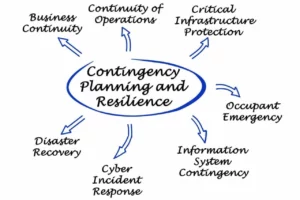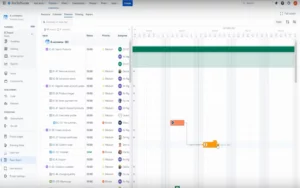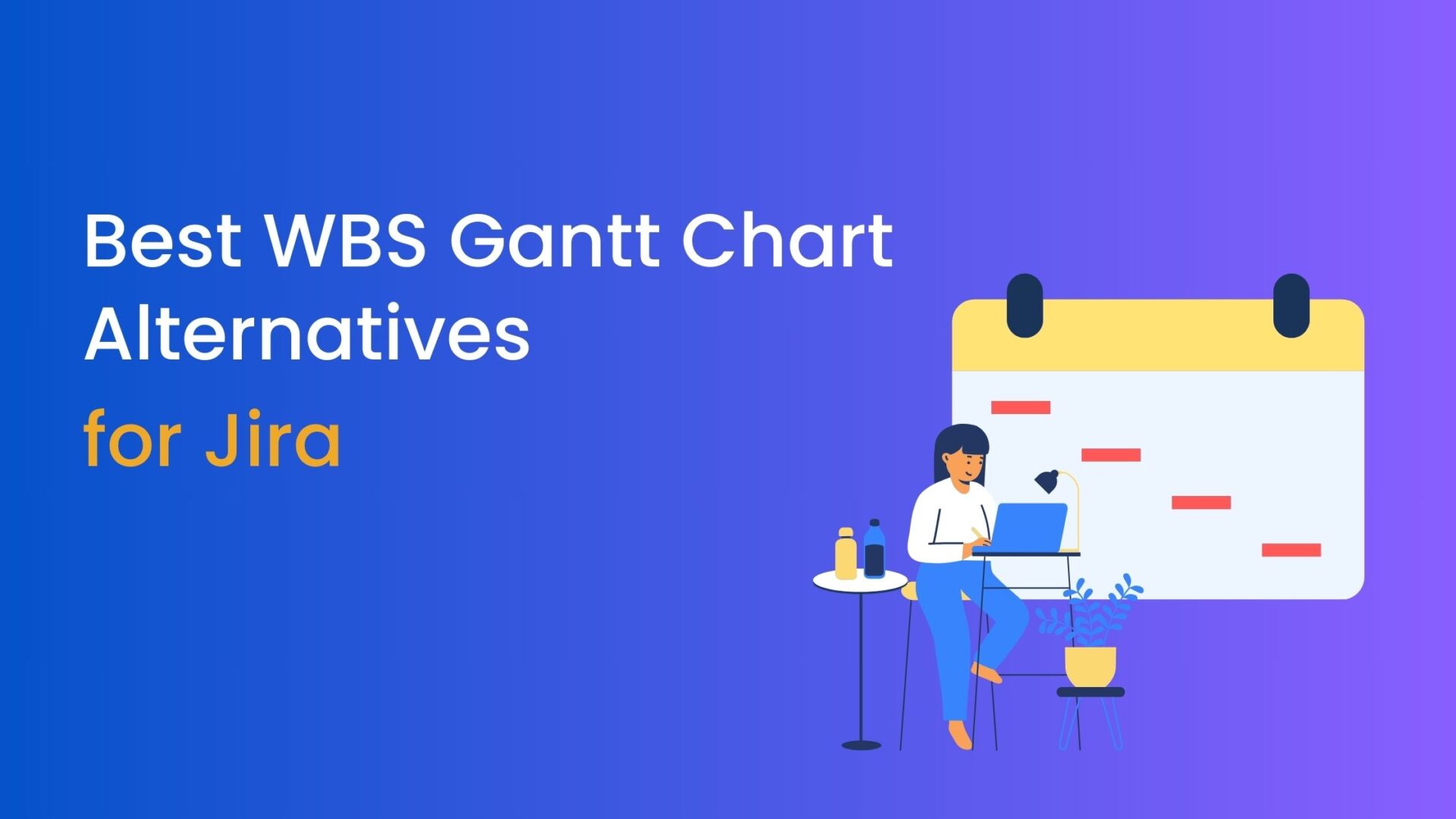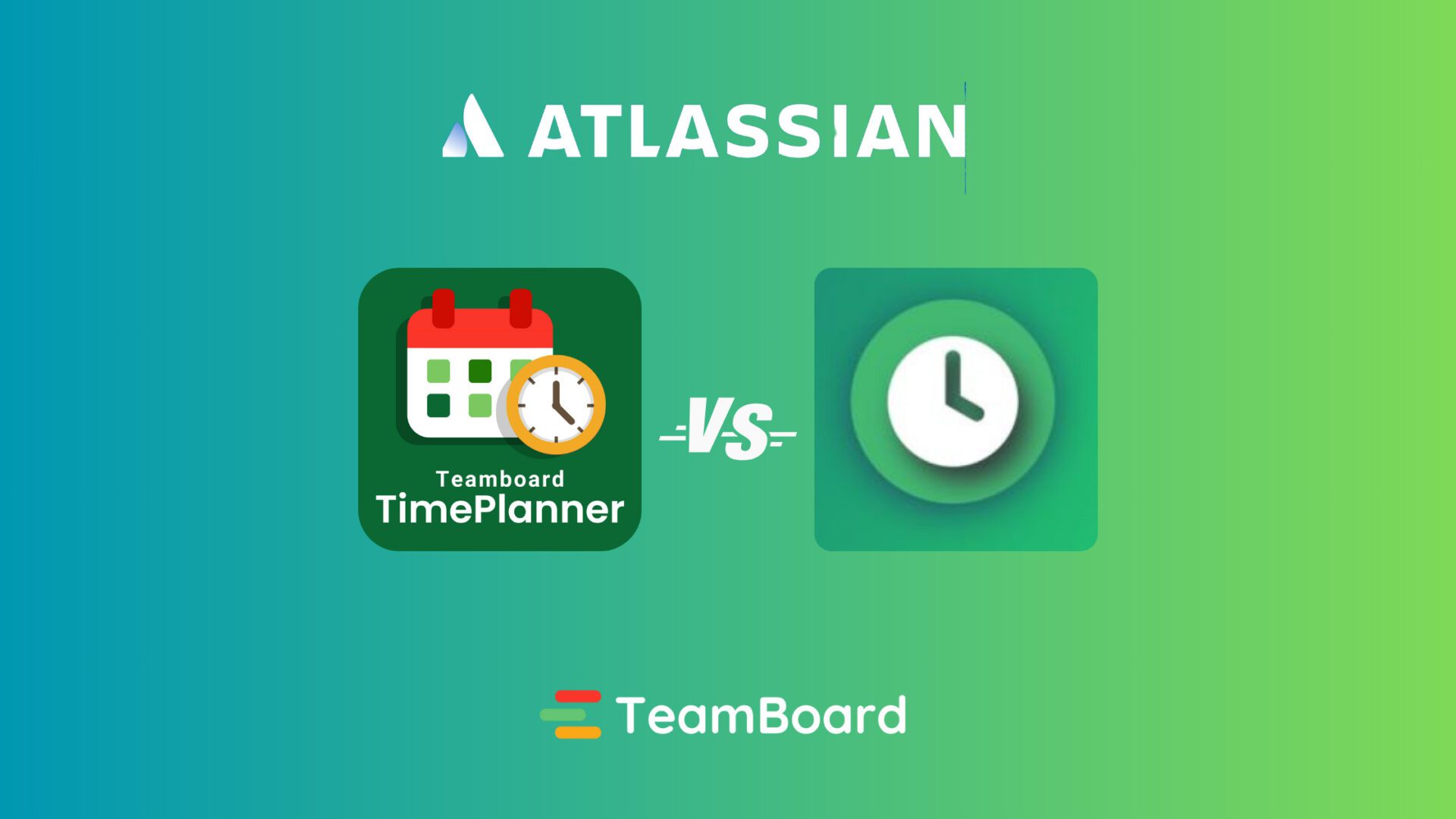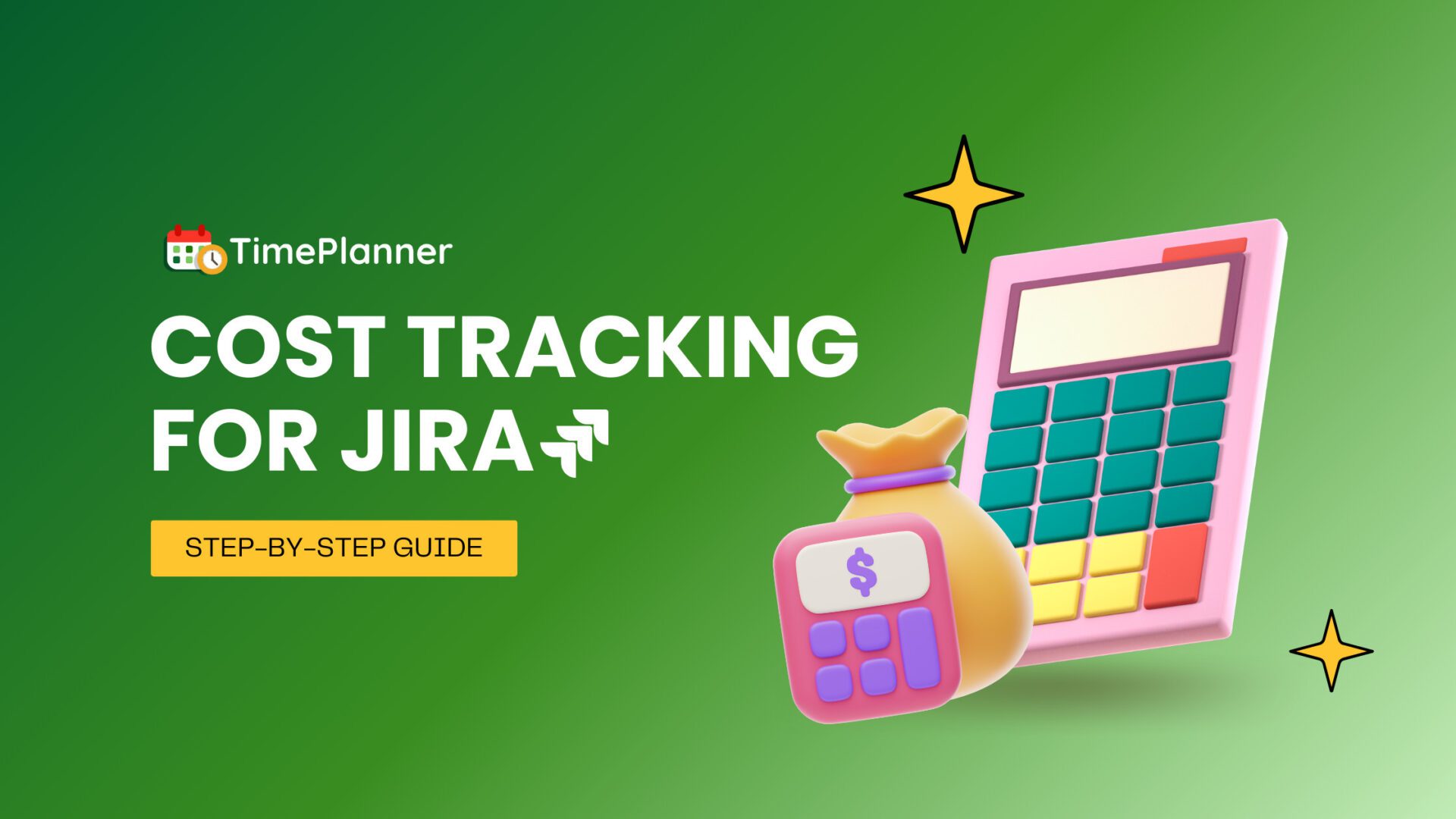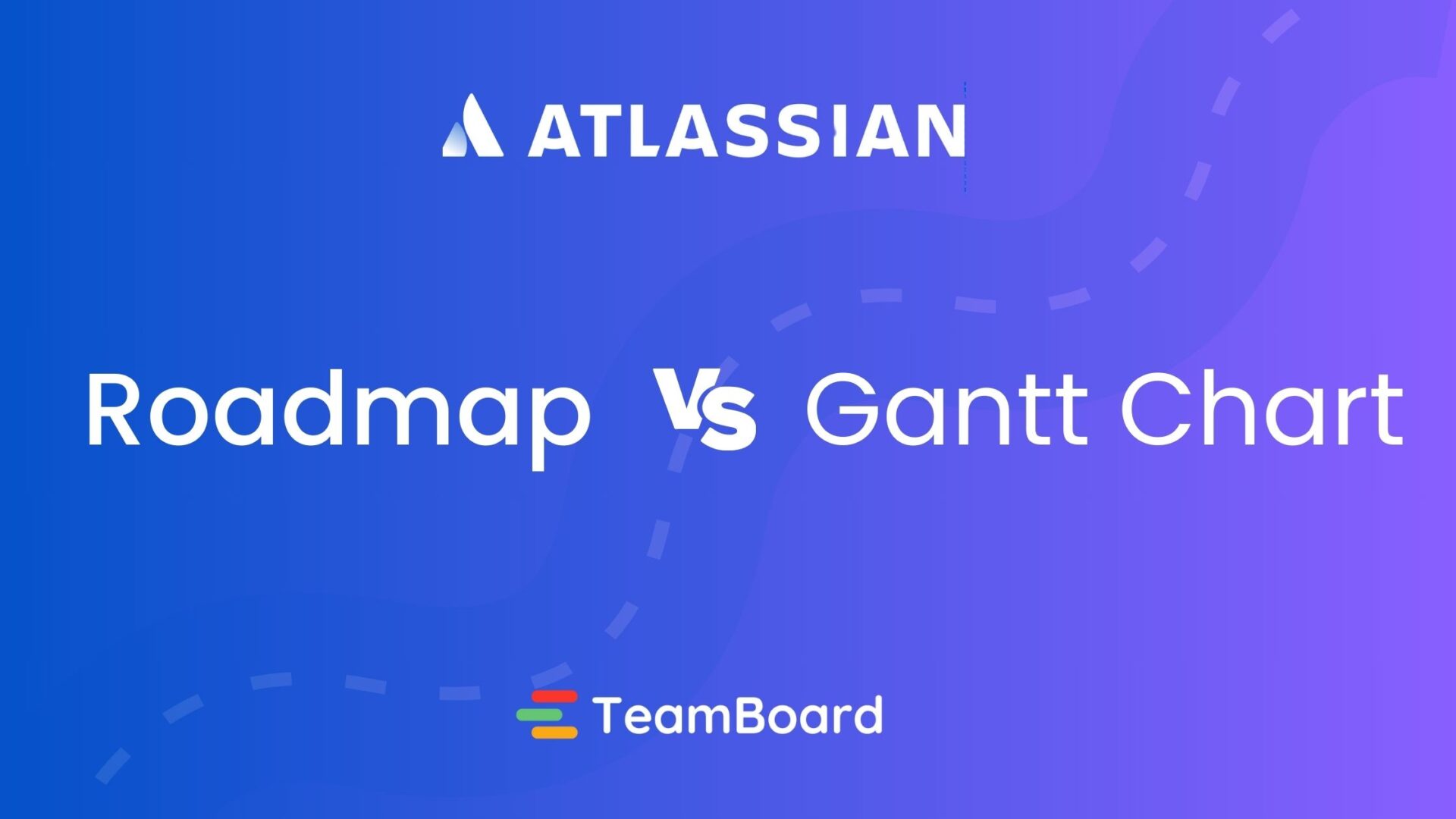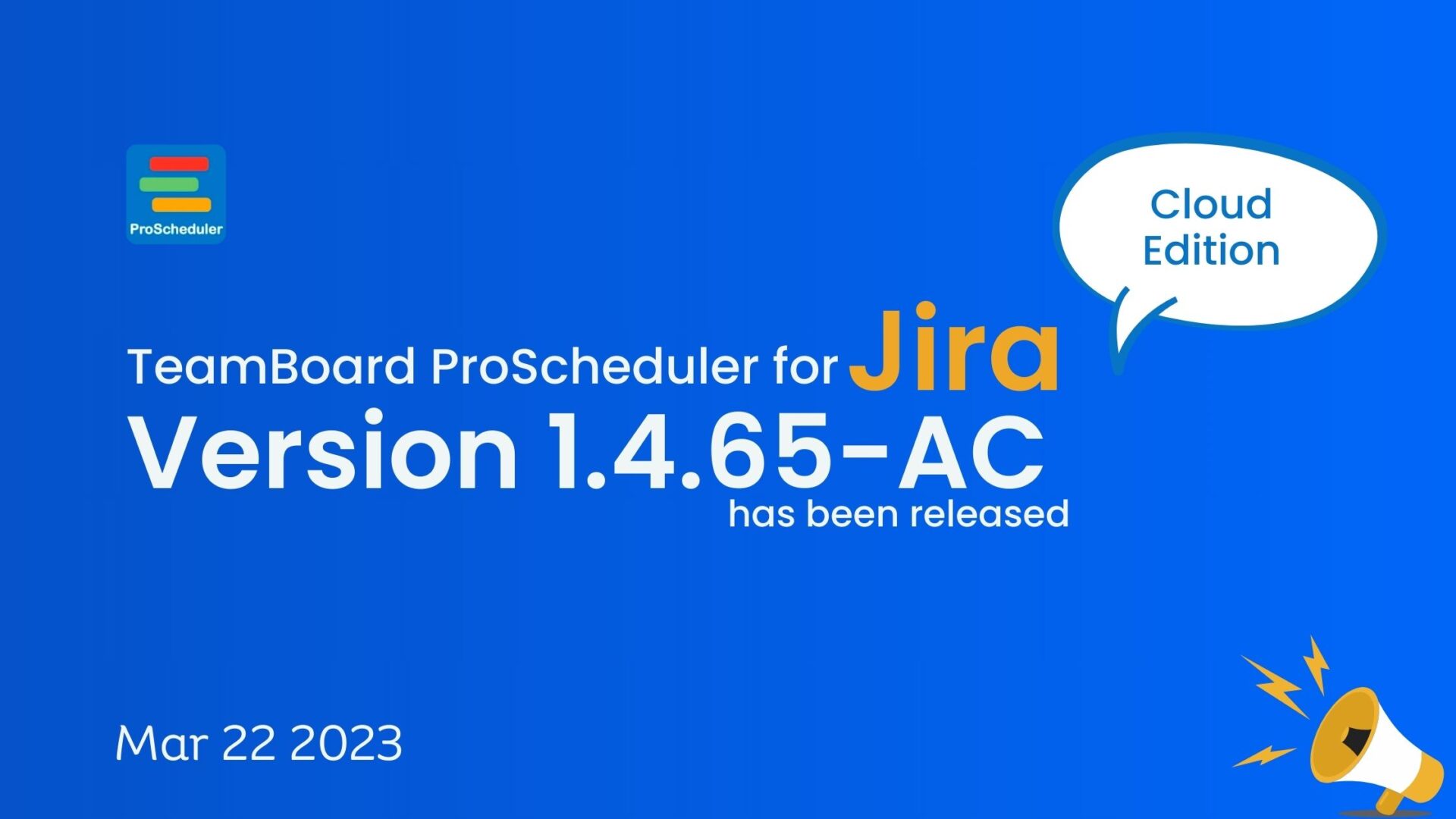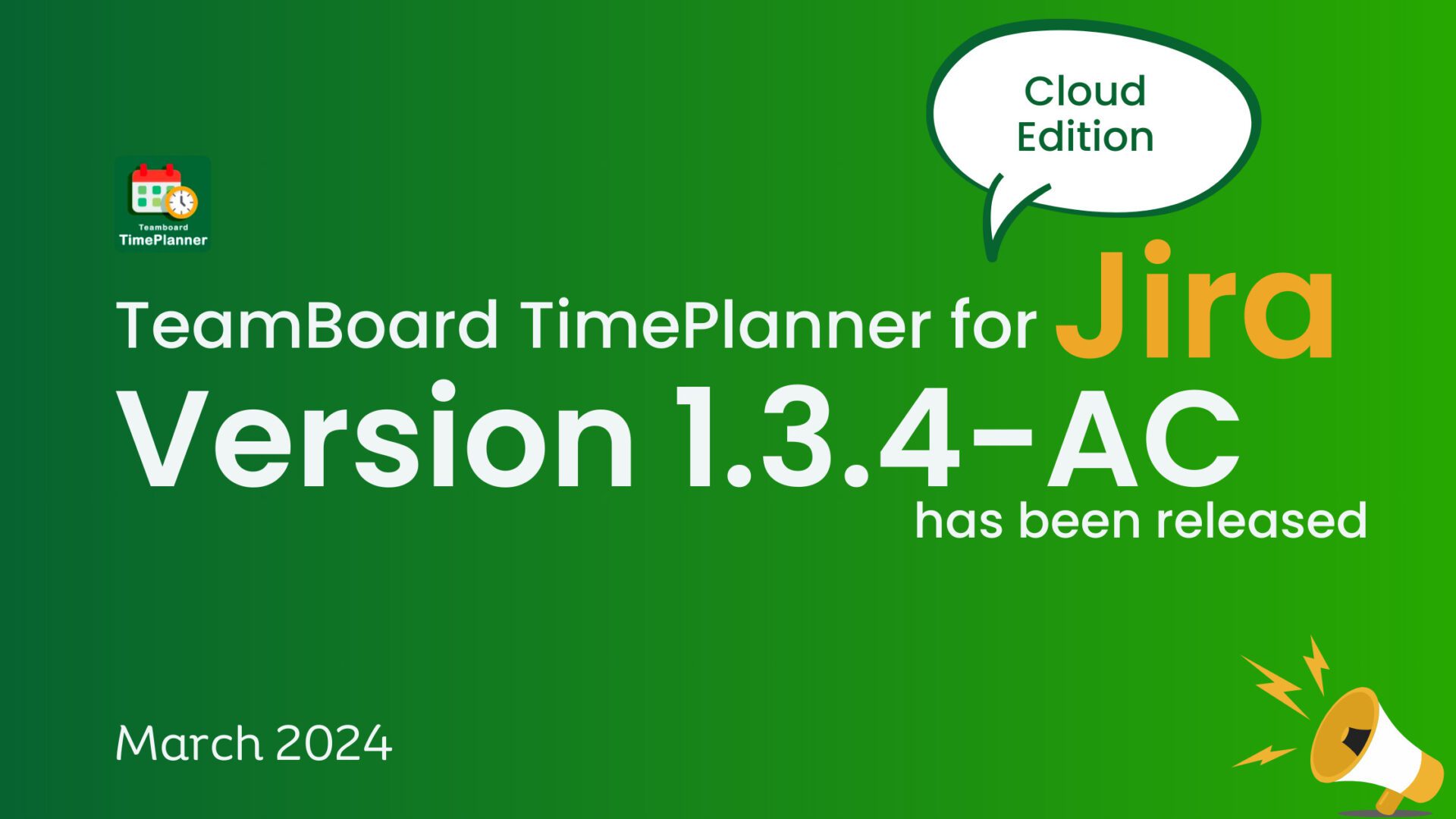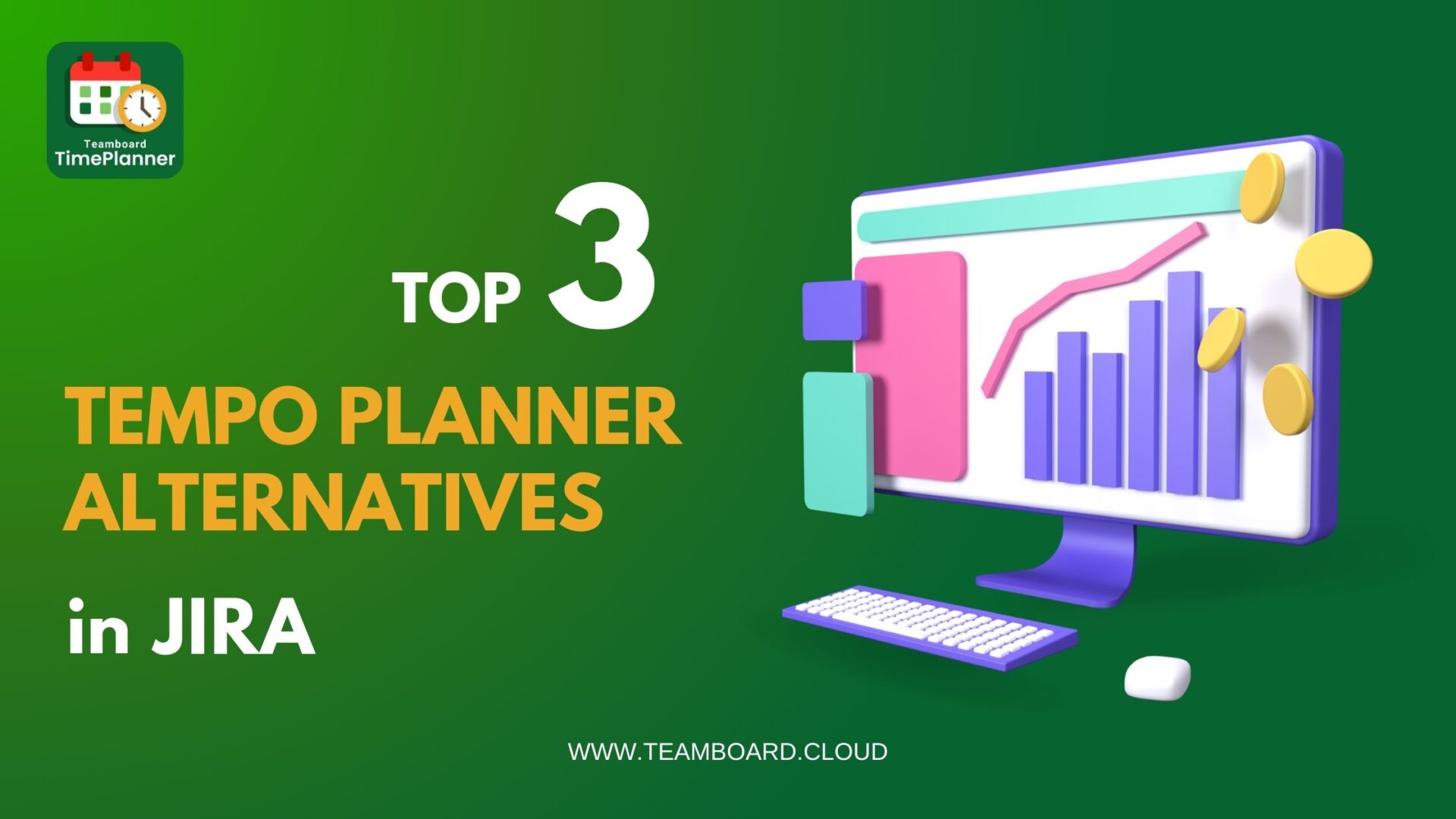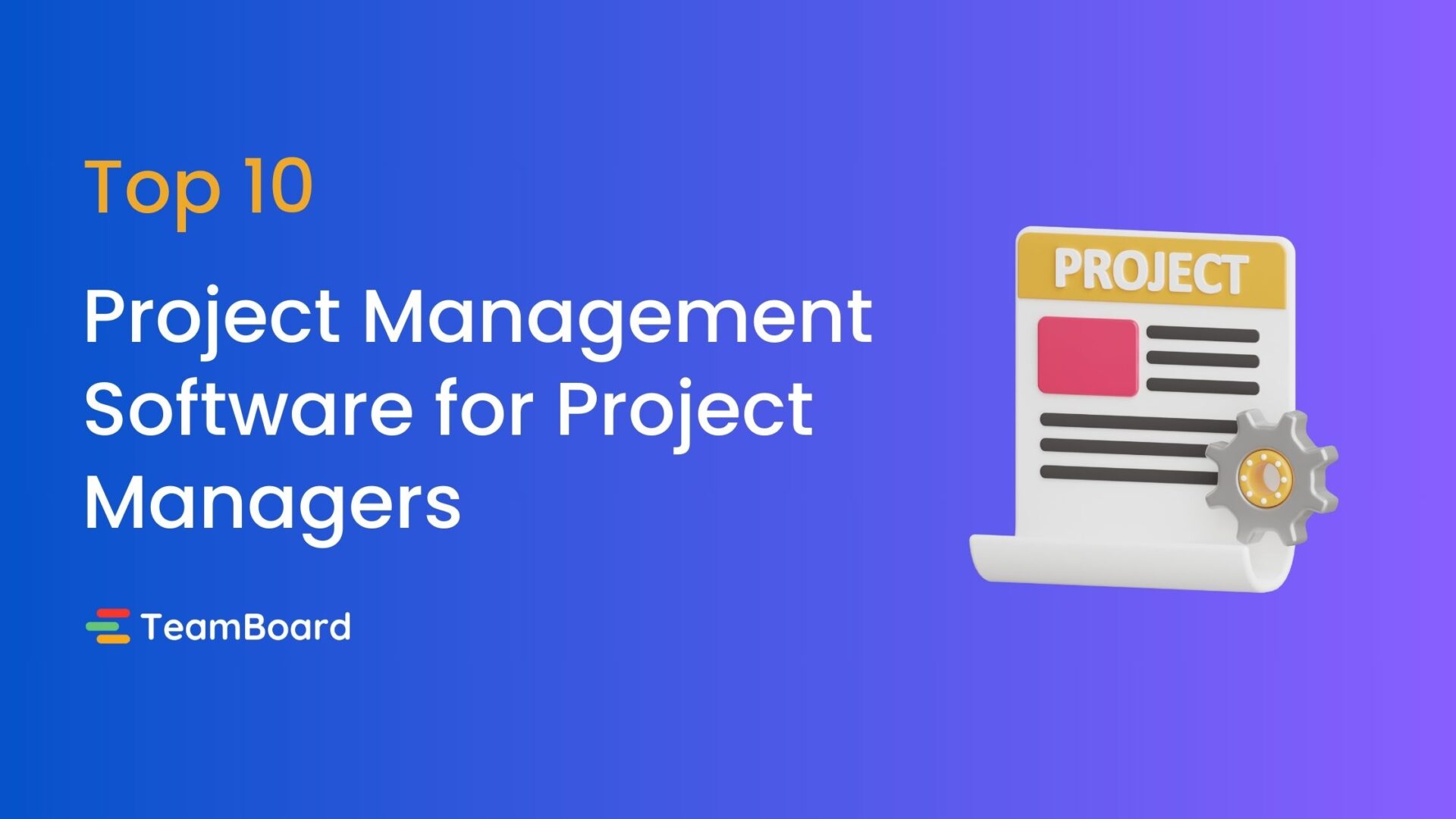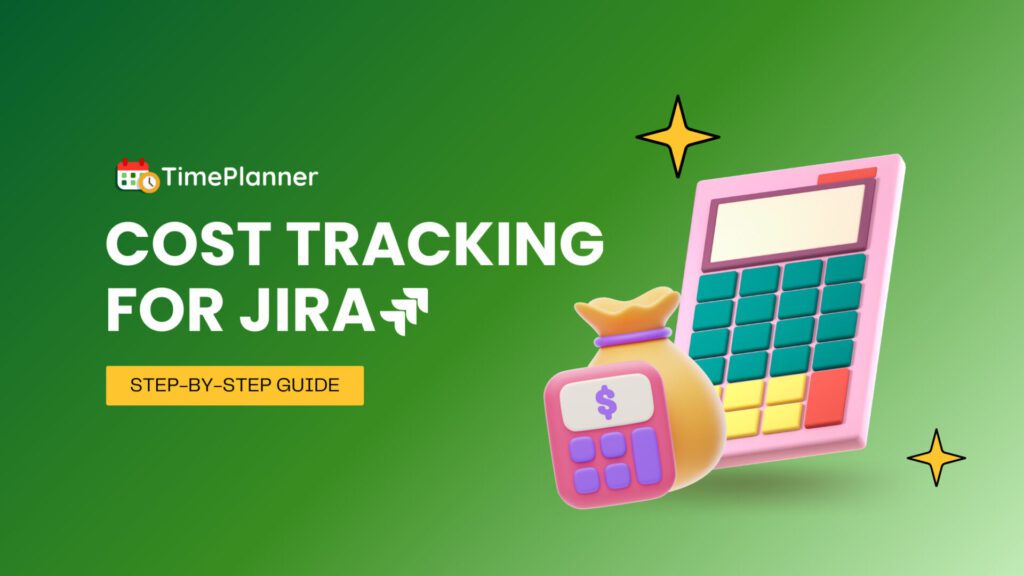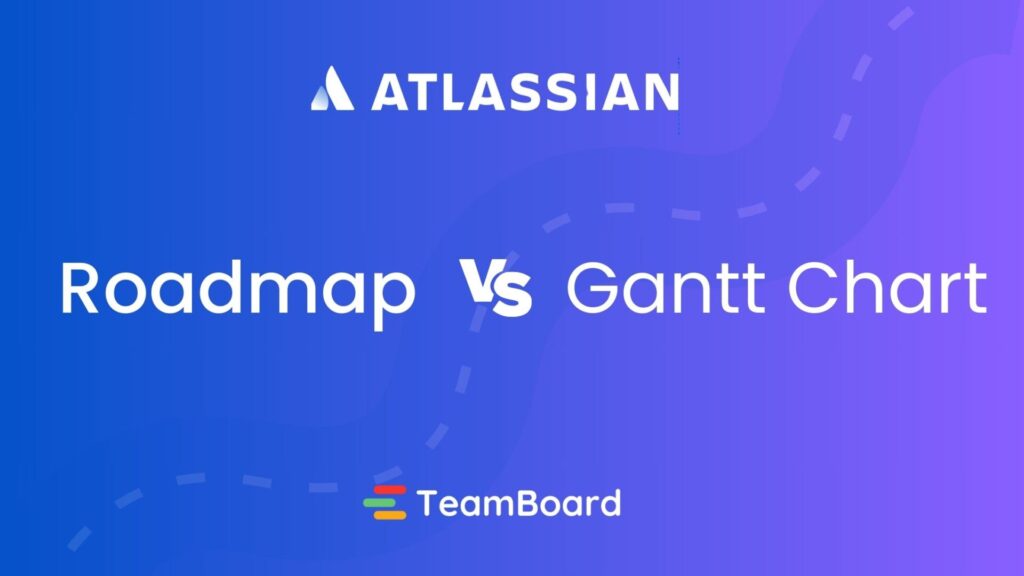Table of Contents
What is Risk Breakdown Structure (RBS) Examples & Templates
Every project manager should be knowledgeable about the risk management process because no project is free from it. Risk management entails detecting, assessing, and managing risks using well-established industry rules and best practices.
Project managers can create a list of all types of risks in project management by identifying them. This list, however, does not assist you in choosing where and how to give risk management priority. A risk breakdown structure can assist a Project Management Professional (PMP) in more accurately assessing, comprehending, and organizing the total risk exposure of a project.
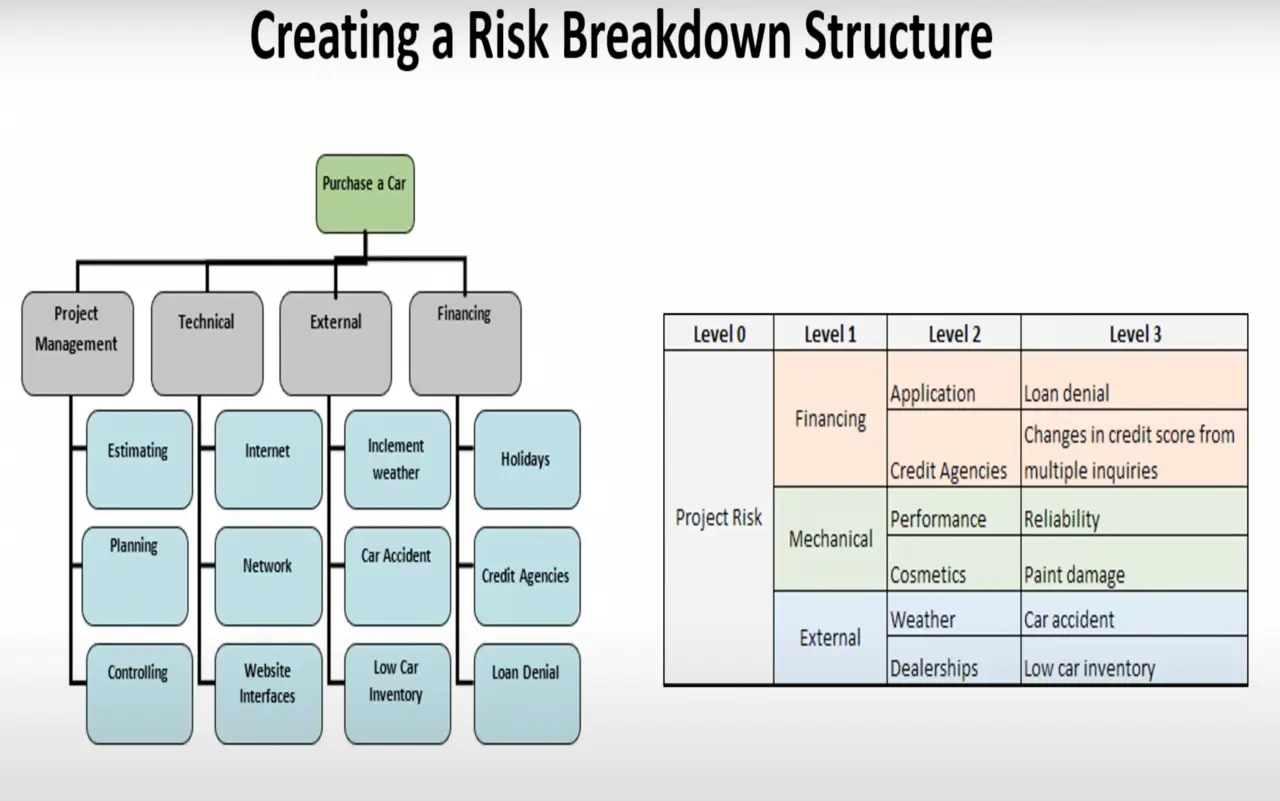
What is RBS in Project Management?
Risk breakdown structures (RBS) are a type of risk management tool to analyze and manage project risks.
The RBS project management is a hierarchical decomposition of the project management plan into manageable chunks or components. This assists in identifying which risks have the most significant impact on your project.
An RBS is typically created by developing a list of all the significant tasks in your project and then breaking down each task into smaller chunks until you reach the lowest level of possible granularity.
For example: if you were creating an RBS for building a client’s website, your RBS might look something like this:
- Website Design
- Website Development
- And website Testing
Importance of RBS Project Management
According to the PMI, the RBS intends to deliver project work in hierarchical, manageable, and identifiable packages to serve as a foundation for project planning, communication, reporting, and accountability. It is superior to a list since it displays grouped-together risk type categories. The information then presents a hierarchy, which helps project managers understand where they should allocate the most significant resources.
The purpose of the risk breakdown structure is to assist project managers in identifying and documenting the risks that may affect how well a project proceeds. This planning tool can help a business or project team better prepare to tackle both likely and unlikely risks. It also ensures that the project deliverables meet the initial expectations as closely as feasible.
Benefits of Risk Breakdown Structure
A risk breakdown structure can help you manage your risks effectively. RBS gives you a better understanding of all your project risks and helps you plan mitigation strategies.
The following are some of the main benefits:
Complete Risks Overview
A clear and complete picture of all project risks is essential for planning mitigation strategies and tracking progress. Avoid being surprised by unexpected events or circumstances that could derail your project.
Better Resource Allocation
As you can see from the RBS, there are different levels of risk, which will require additional resources to help mitigate them. For example, if your team is small and you have only one tester, testing only one path through the story at a time may be easier than trying all the paths in parallel.
Better Preparation
If we look at our example above, we can see that several tasks involve additional resources (such as Developers and Testers). We can now prepare these resources ahead of time to be ready when needed. This saves time in the long run as we will not have to wait around while they’re recruited or trained up during the project lifecycle.
Better Understanding
Knowing what causes risks helps you take preventative measures so that they don’t occur again in future projects or during current projects. For example, if you discover that poor quality software code is a significant risk, this will help you use better methods and tools to avoid similar problems in future projects.
Risk Breakdown Structure Examples
We advise customizing your RBS to meet your firm’s particular requirements because every project, industry, and sector faces a different set of difficulties and potential dangers. You can begin your own RBS chart by using these sample RBS templates.
RBS for Construction Design
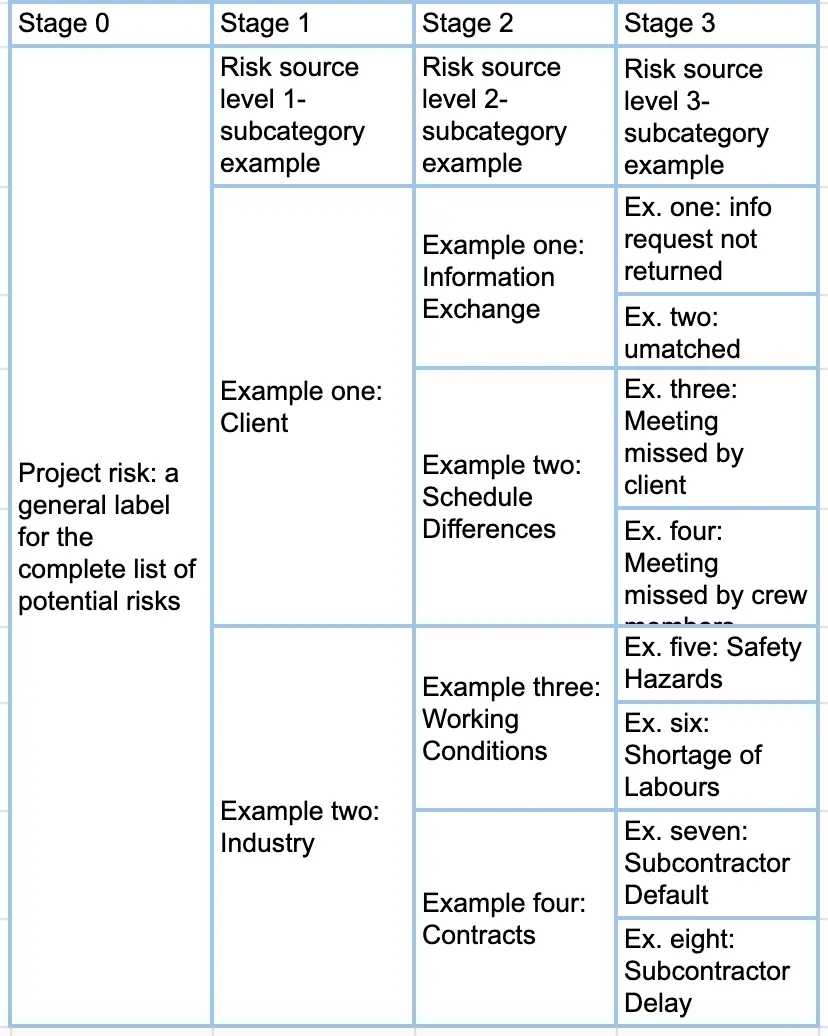
RBS for a Software Development
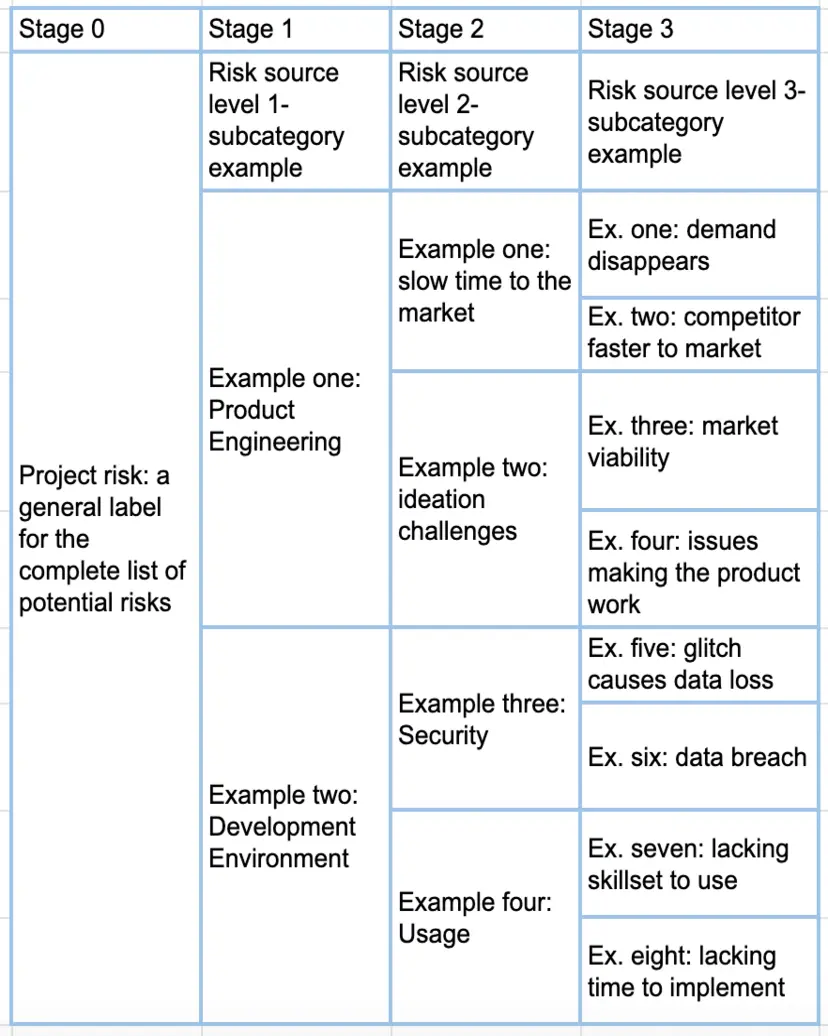
Risk Breakdown Structure Templates
The RBS template shows the four categories of risks you should include in your breakdown:
- External Risks
These are external events that could affect your project. For example, the price of raw materials increases, or a competitor releases a new product.
- Internal Risks
These are internal events that could affect your project. For example, staff leaving or being ill.
- Resource Risks
Include delays in getting permits or licenses from government agencies or contractors getting sick and needing time off work.
- Impact Risks
These are factors that will affect how well you deliver against your objectives.
Most risk breakdown structure models have a similar framework. while they can be modified to meet the demands of a team, project, or organization. Here is a general RBS template you can use as a starting point.
For all phases of a project, an RBS has numerous possible applications. Here are a few projects that make use of the RBS.
Evaluate Risks
To measure project risk, the stated components of risk are categorized by relevance, ranging from small to significant severity. In the end, risk assessment looks at the type of risk exposure, the most significant sources of risk, the causes of risks, how risks are related, and appropriate risk management strategies.
Comparison of Projects
Since all risk breakdown structures adhere to the same framework, risk exposure on a current project can be efficiently compared to those completed in the past if RBS was employed on earlier corporate initiatives. Thanks to this arrangement, project managers can compare projects and hazards.
Reporting Risks
RBSs are fantastic tools for both high-level and in-depth reporting. An RBS provides organized information on total risks and risks ratings, risk responses, and reporting to senior management, clients, project team members, or other stakeholders. One can also use RBS for cross-project reporting in addition to project comparison.
Brainstorming
When employed for the top one or two layers of a risk breakdown structure, brainstorming or holding a risk identification workshop can be an utterly successful approach. When developing an RBS, brainstorming frequently starts with list-making. The things on the list can then be divided into several categories.
Conclusion
Ultimately RBS serves an essential purpose—it helps you anticipate and build your project’s risks up front, where they can be most effective.
ProScheduler can be a big help with this. Businesses can use it to plan and schedule resources, create and distribute budgets, track staff performance, and even generate project reports. This reduces a variety of project management hazards.


